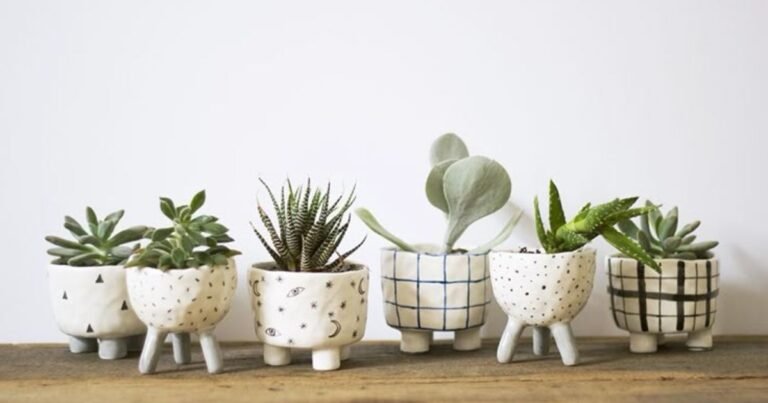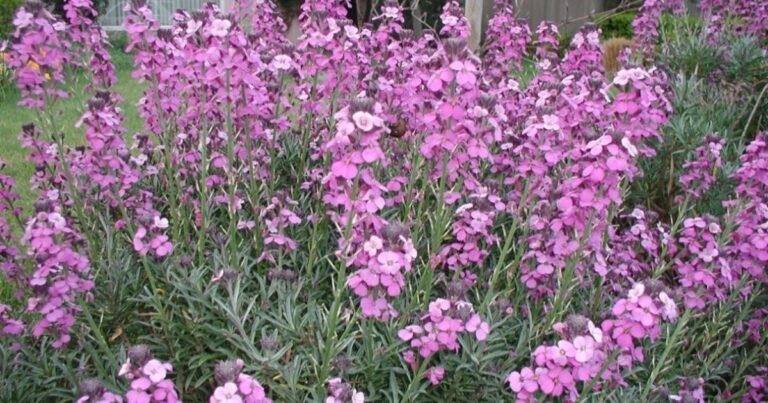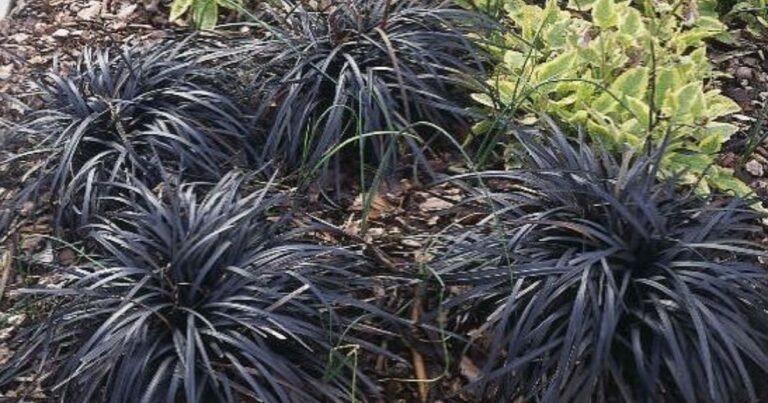
Libertia Grandiflora in full bloom – easy to grow when cared for properly
If you’ve ever planted something with care only to see it droop or die, you know the frustration. Growing the Libertia grandiflora plant shouldn’t feel like a puzzle. It’s not supposed to be hard, yet so many gardeners struggle with yellowing leaves, no blooms, or sudden death after the first frost.Let’s fix that.The Libertia grandiflora plant often called New Zealand Iris is stunning when healthy, with elegant white blooms and sword-like leaves that fit beautifully into modern or natural garden designs. But growing it successfully requires more than water and sunshine.This isn’t just another plant guide. This is what gardeners actually need: a practical, no-nonsense path to making this plant thrive and feel confident doing it.
What Kind of Environment Does the Libertia Grandiflora Plant Need?
This plant is tougher than it looks but not invincible. The biggest mistake new gardeners make is assuming it can survive anywhere.
Here’s what works:
- Light: Full sun to partial shade. Avoid deep shade.
- Soil: Free-draining is a must. If your garden traps water, you need raised beds or sandy soil mixed in.
- Space: Give each plant 18–24 inches of breathing room. Cramped roots won’t thrive.
When and How Should You Water It Without Drowning the Roots?
Water is life or death for this plant. If your Libertia grandiflora plant turns mushy or discolored, overwatering is likely the cause.
- In the first year, water it weekly. Deep soak.
- After that, less is more every 10–14 days in dry weather.
- Use mulch to retain moisture but leave a 2-inch gap from the base to avoid rot.
Tip: Stick your finger 2 inches into the soil. If it’s dry, water. If not, leave it alone.
Why Isn’t My Libertia Grandiflora Blooming?
This question frustrates gardeners every spring.
Here’s the psychology: You did everything “right” but still got no flowers. You feel defeated. But you’re not doing anything wrong you’re just missing one of these:
- Not enough sun (it needs 6+ hours).
- Soil too rich :ironically, the more fertile the soil, the more leaves and fewer flowers.
- Over-fertilizing:stop feeding it constantly. Once a year in spring is enough.
When and How to Prune Libertia Grandiflora Without Stressing It?
Pruning helps the plant focus its energy. But wrong timing can hurt growth.
- Best time: Late winter or early spring.
- How: Cut back dead flower stems and any brown, dry leaves at the base. Don’t chop the entire plant unless it’s severely damaged.
A small trim encourages better airflow, stronger shoots, and fewer pests.Once your Libertia Grandiflora is thriving, consider using macrame pot plant hangers to showcase it in style — perfect for patios or porches.
How to Divide Libertia Grandiflora Plant for More Blooms and Health?
This plant actually thrives when it’s divided every few years. It’s like therapy: it resets the plant’s stress and gives it space to breathe.
Here’s the process:
- Dig it up gently in early spring or fall.
- Use a knife to split the clump into 2–3 pieces, each with roots and shoots.
- Replant at the same depth and water thoroughly.
Can Libertia Grandiflora Survive Cold Winters?
Yes but only with help.
- It’s hardy down to -10°C, but harsh wind or soggy soil in winter can kill it.
- Use grit or bark mulch around the base to protect roots.
- In colder regions, grow it in pots so you can move it to shelter in extreme frost.Looking for community advice, spiritual peace, or more garden inspiration? Visit One Parish—a wonderful place to connect and reflect.
Frequently Asked Questions
Is Libertia grandiflora invasive?
No, it’s not considered invasive in most regions. However, it can spread slowly if not divided regularly.
How tall does Libertia grandiflora grow?
It typically grows 24–30 inches tall and spreads around 18 inches wide, making it ideal for borders and beds.
Can Libertia grandiflora grow in pots?
Yes, it thrives in pots with good drainage. Use gravel at the bottom and don’t overwater.
What month does Libertia grandiflora bloom?
It usually blooms from late spring to early summer, around May to June, depending on the climate.



